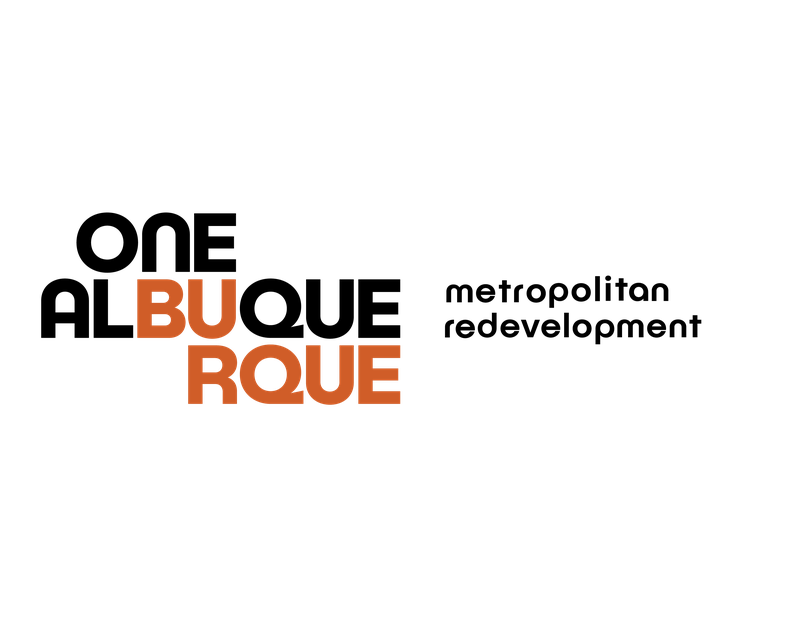
Mayor Tim Keller Outlines Downtown Recovery Efforts
Includes activating new public safety hub, infrastructure investments, housing
July 22, 2021
Mayor Keller, city leaders, and community members highlighted the recovery and rebuilding efforts to help Downtown Albuquerque with a strong economic rebound from the pandemic. These efforts focus on public safety—including a new police station at the Rosenwald Building—as well as activation of spaces, added housing, and millions in public and private investments into projects like the Rail Trail, pedestrian crossings, and upgrades to historic buildings such as the KiMo Theatre.
“With this plan we’re making tangible changes that will create a safer and more secure Downtown core for Burqueños and visitors to our City,” said Mayor Tim Keller. “Safety is a top priority as we recover from the pandemic, and we’re working to transform buildings and add amenities and entertainment that will benefit residents and tourists alike.”
The City has earmarked $1 million for lighting upgrades Downtown this year as well as $72,000 in Festoon lighting. Other efforts being made by the City include upgrades to the KiMo Theatre, restoring the Rail Yards property which is now available for event rental, and expanding cultural programming to attract people Downtown.
Public safety is a priority in the efforts to rebuild the city’s core. A new police station is planned for the Rosenwald Building on Central and 4th, creating a more prominent police presence in the middle of Downtown. The Downtown patrol unit, bike officers, and the PRT team will operate out of this location once complete. This will enhance public safety efforts in the Downtown corridor that include adding Shotspotter to the area, and Weekend Downtown Operations that have resulted in:
- More than 1,000 moving citations issued
- 47 DWI arrests
- 66 modified exhaust citations
- Responding to 31 fights
- 45 miscellaneous arrests
“Moving to a central location where we can continue to build strong relationships with the businesses and residents downtown is paramount to our commitment to community policing,” said Officer Hence Williams with APD.
Second, development of the 1-mile Rail Trail paralleling the railroad tracks Downtown is anticipated to catalyze up to $590 million in redevelopment. The $5 million project, which is in the design phase, will connect the Rail Yards to the Convention Center, Transit Station, and Glorietta Station.
“The new path will be an outdoor destination to anchor, connect, and catalyze Downtown,” said Metropolitan Redevelopment Agency (MRA) manager Karen Iverson. “It’s a transformative centerpiece that will be a celebration of our local community.”
Third, long-term revitalization requires that the City offer a broad spectrum of housing choices. While the MRA has already invested in 430 affordable housing units, it is emphasizing the addition of market-rate residences, a proven strategy to attract businesses and their employees to Downtown, and has 150 more in the pipeline. The MRA will be deploying incentive tools to assist in the conversion of outdated excess office supply into highly needed housing units.
“The Mayor’s interest in downtown is great, and I know he wants to see it thriving,” said Lindy’s Diner owner, Steve Vatoseow. “People are starting to return to work, and more people means more business for me and other restaurants and bars. It’s great to see.”
“An attractive and inviting downtown is in everyone’s best interest,” said Municipal Development Director Pat Montoya. “The investments we are making with street and alley way lighting, the KiMo Theatre, the Convention Center and more will continue to make downtown a great place to visit.”
“The Solid Waste Department along with the Block by Block team are committed to making downtown a beautiful place for everyone to enjoy,” said Soild Waste Management Department Director Matthew Whelan.
